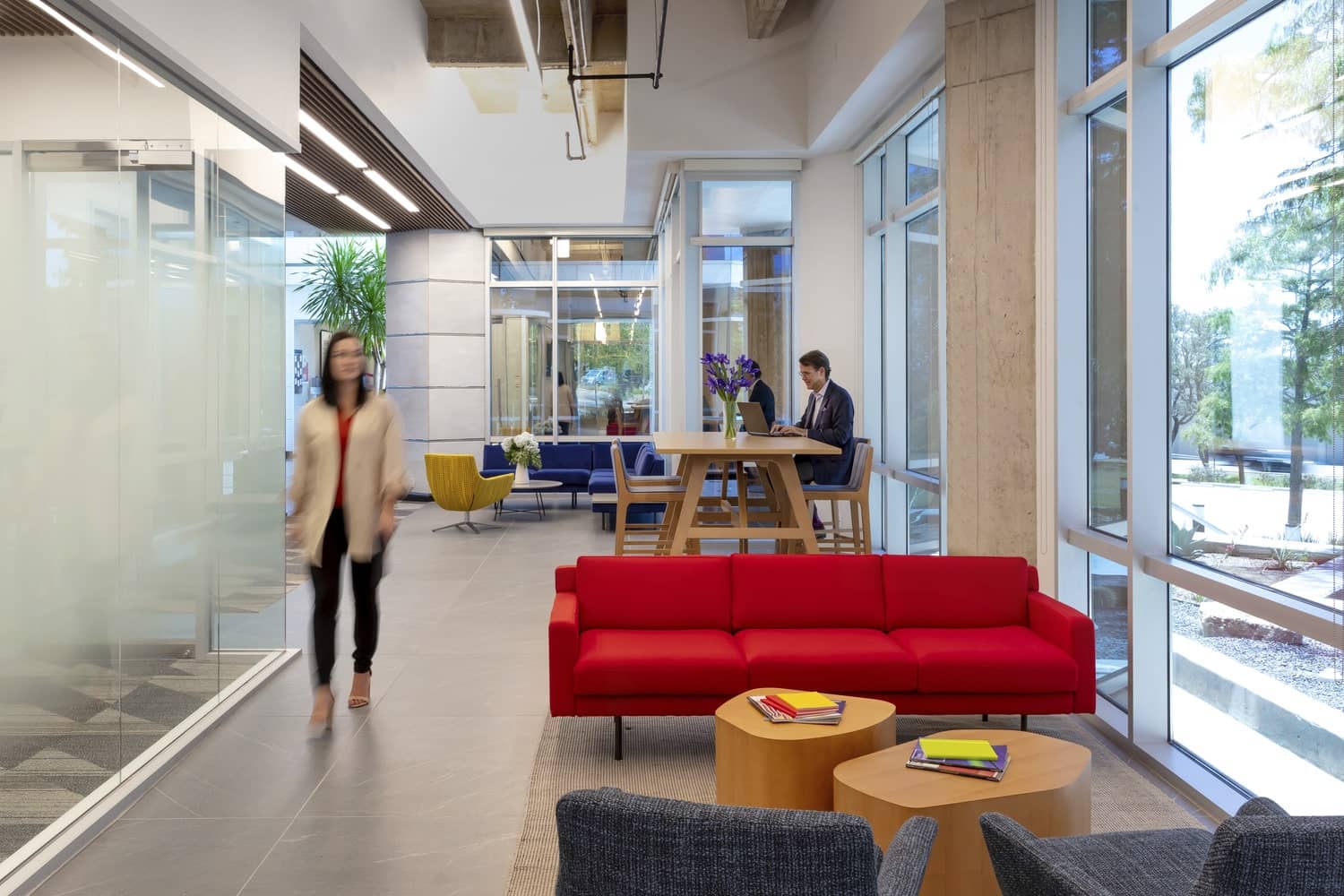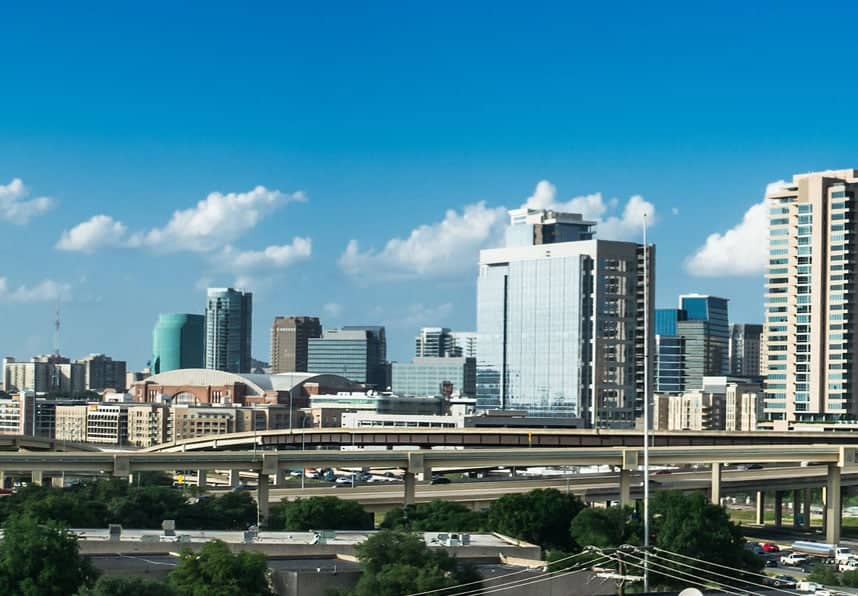Reinvigorated, post-pandemic commercial real estate (CRE) retail has brought durability to a still-volatile economic world.
And with their natural aesthetics, experiential designs, variety of goods and services, and inherent sense of community, open-air retail centers represent the high-performing sub-segment that continues to be highly appealing to consumers.
In reinventing the retail center, global architecture firm Gensler recommends designing for “experience per square foot,” mixing uses for integrated communities, breaking down walls for greater transparency and permeability, and improving connectivity. There’s also that important location between home and work that contributes so much socially: “create a tapestry of ‘third places’” with a “multitude of public spaces … where people can connect and gather, supporting the retail center as a civic destination.”
Range & (Many Happy) Returns
From an In-N-Out Burger in Rodeo, CA, to the latest luxury brands on Rodeo Drive in Beverly Hills, CA, retail CRE has great range. As discussed previously in this space, the broad property class stretches from traditional enclosed malls to more modern open-air centers and includes neighborhood, community, lifestyle and power centers. Grocery-anchored centers have proven particularly successful due to their multifaceted allure and consistent customer traffic.
Neighborhood retail and community centers — which mainly differ on where the property is positioned in the market and how far it draws from — benefit from fresh and more local offerings. The usually larger community centers have famous-name retailers as anchors and more of them, but could also have many small, variety- and service-oriented merchants.
“Shopping centers need to embrace where they are in the community,” said a design-firm marketer in the Las Vegas Review-Journal, adding that big-building destination shopping centers are giving way to community shopping centers that activate space and engage the neighborhood.
All of those strategies should sound favorable and familiar to patrons and owners of open-air centers. Experiential offerings, social gathering areas, increased accessibility, and visual connections all contribute to a sense of place that strengthens the emotional bond between people and the built environment.
With open-air centers, there’s more than meets the eye, but the aesthetics are a major factor as well as the first and foremost impression.
A range of uses, attractions, and amenities also incentivize consumers to spread their dollars around and linger longer — for shopping, dinner and a movie or a concert under the stars with take-out in tow. Presented with walkable park-like or town center-esque allure of the outdoors, people are 50% more likely to spend time in places with creative placemaking — the participatory means to develop public space in such a way that integrates the creativity, needs, and assets of the people who use it — than those without, according to a 2022 report.
A Breath of Fresh, Class-A Air in Kansas
In a recent Globe Street article on the state of retail, Peter Braus, Managing Principal, Lee & Associates NYC, noted that class B & C malls had emptied out in many markets due to a flight to quality.
Said Braus, “Class A malls, at the same time, have been thriving. Likewise, well-located and well-anchored open-air shopping centers (e.g., grocery anchored centers) have come out of the pandemic extremely strong, as they’ve shown definitively that they perform under both good and bad conditions.
KBS’ Park Place Village is not only a retail success, but a Class A, 10-building, multi-use triumph, consisting of office, retail, residential, and even hospitality. It’s become a gathering spot for residents and visitors of all ages and interests in the greater Kansas City metro area.
In addition to the outstanding sense of place enjoyed by all who live, work, and play there, the popular destination has been curated with an exceptionally balanced, diverse group of eateries, boutiques, and personal care providers. At Park Place Village, you won’t find one of those cookie-cutter quick-service pizza establishments generally associated with airport terminals and mall multiplexes — nor will you come across a retail conglomerate that would surely repel a shopper desperate to escape commonplace commodity chains.
KBS asset management uses a meticulously drafted list of criteria from which to hand select each tenant — with the goal of finding one-of-a-kind eating places, specialty shops, local favorites, and regional brands that not only appeal to the surrounding community, but complement it.
Choices at Park Place Village include a modern Italian restaurant, a Thai restaurant with rooftop lounge, an inspired ice cream shop, and an island-themed coffee café, as well as a day spa, a seller of custom-designed jewelry, and a provider of bespoke custom-made men’s suits, clothing and accessories.
Give them what they want and keep ‘em coming back is the name of the retail game. Open-air centers do that in spades, no matter what a person’s need or speed. Beyond “location, location, location,” this type of real estate appeals to people’s senses, offering both style and substance, connecting them to something bigger than self, and wrapping and infusing it all in, and with, the fresh and new. That’s what open-air centers can do.
Learn more about the latest in commercial real estate, visit KBS.com/Insights.




